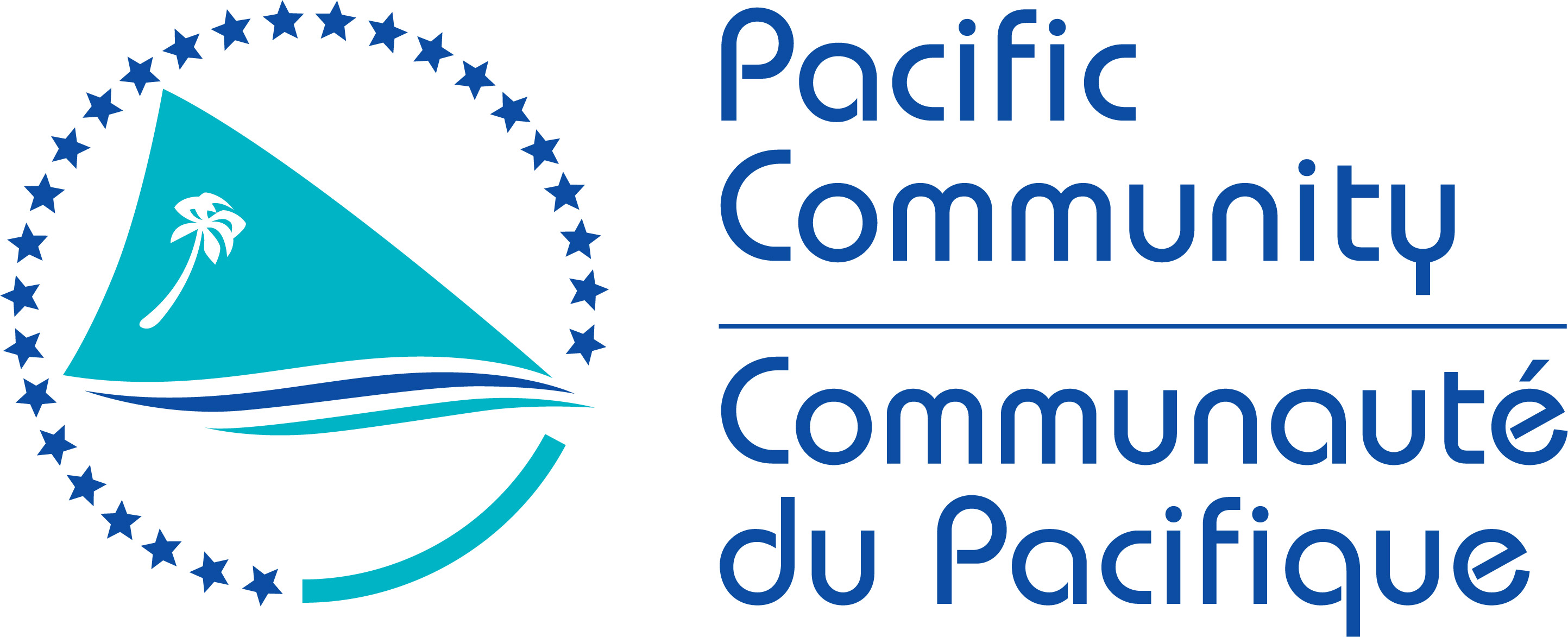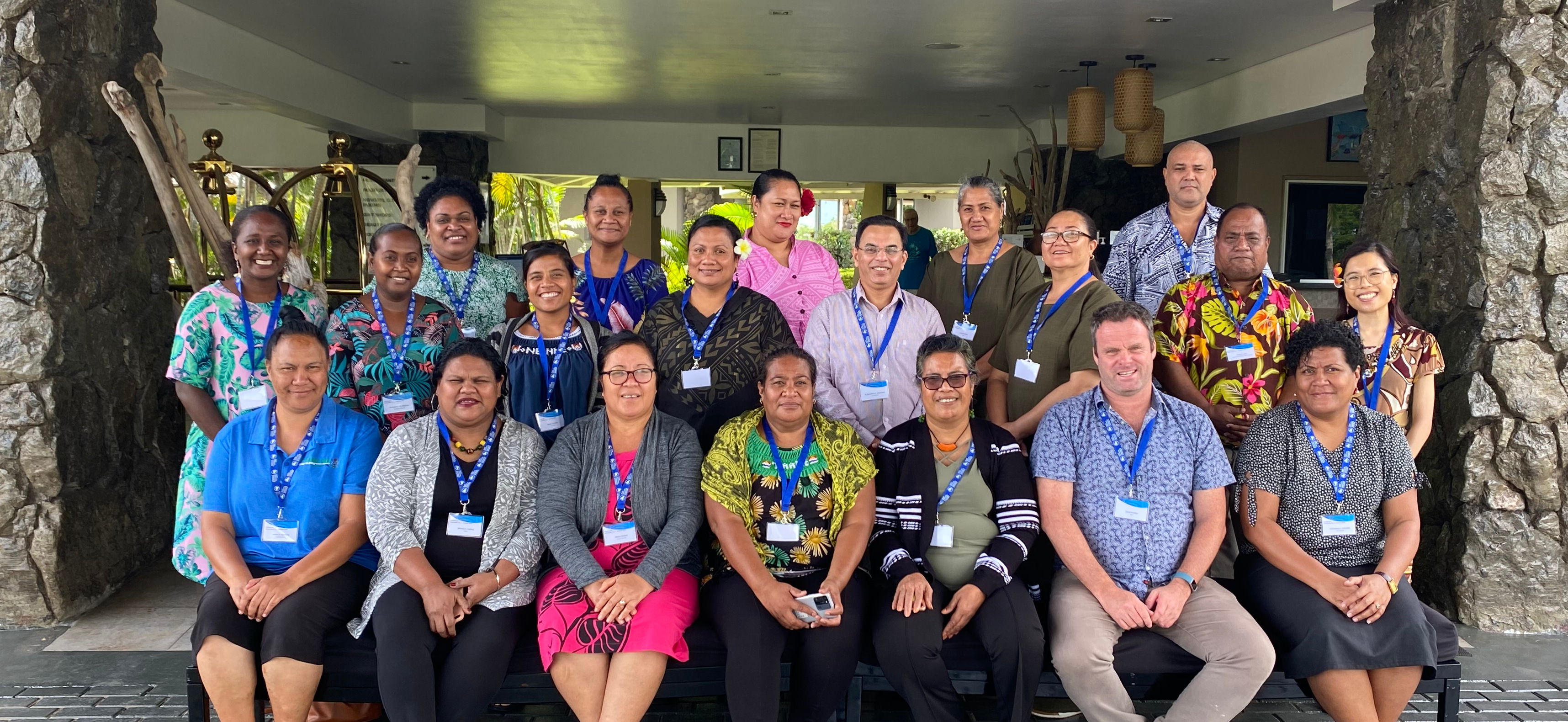These are just some of the many public health milestones that we should be proud of as people in the Pacific. These successes are a testament to what we can achieve if we all –leaders, health workers, volunteers, communities, partners and donors – work together towards common health goals


